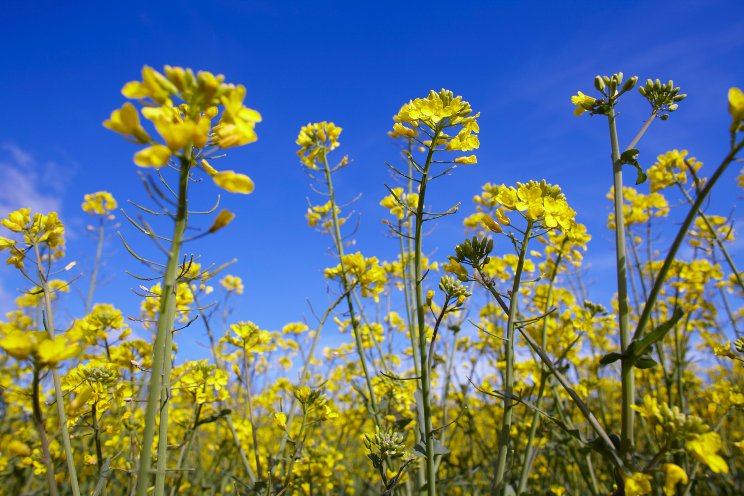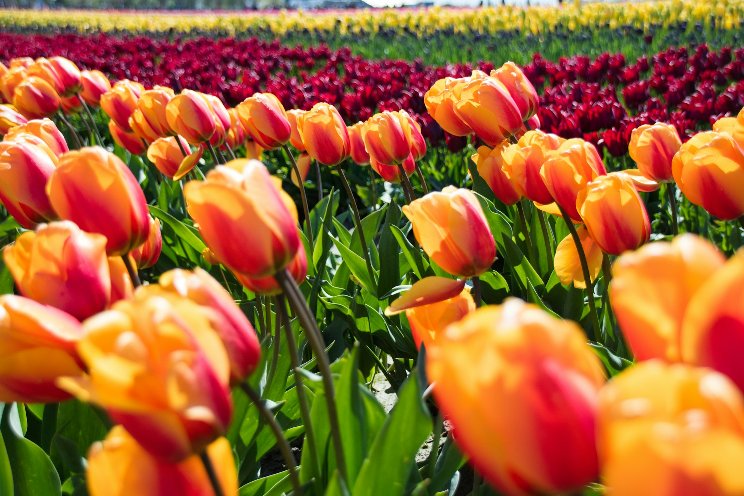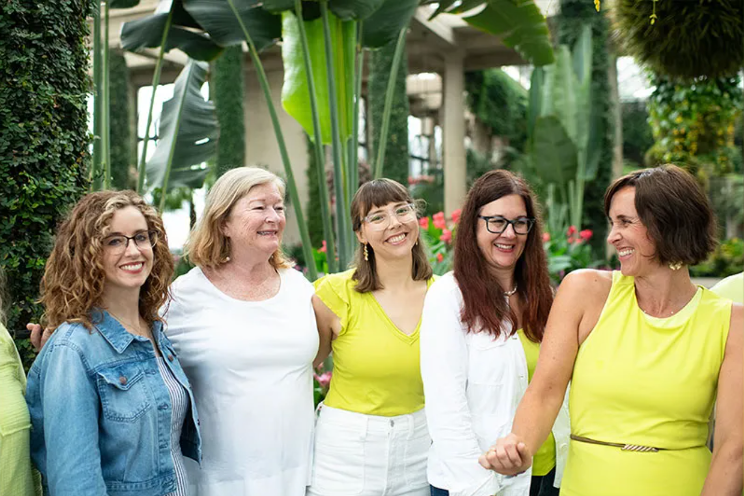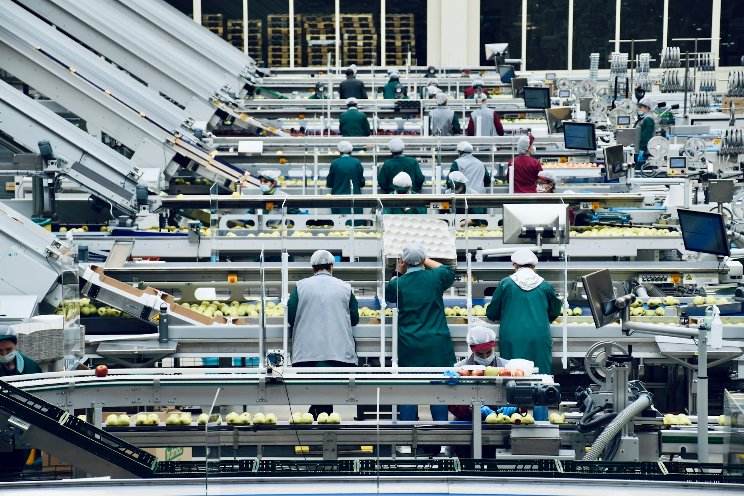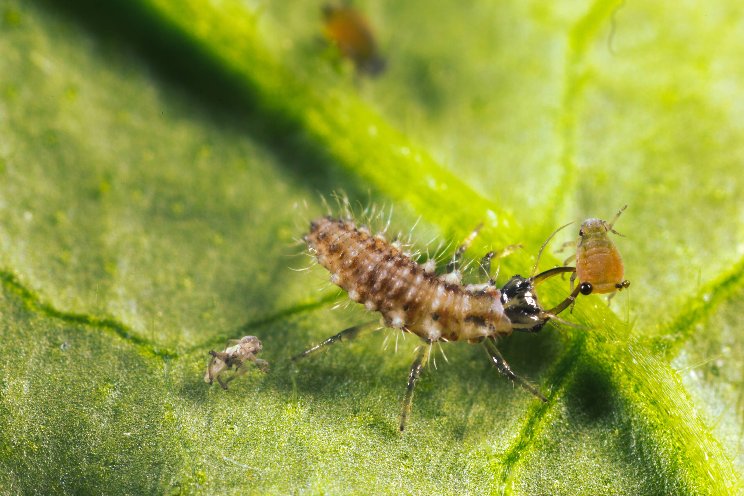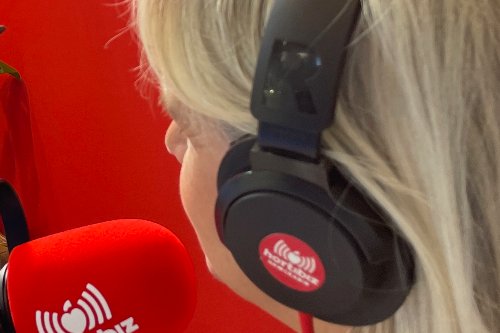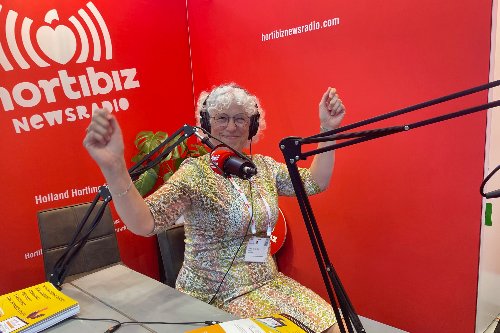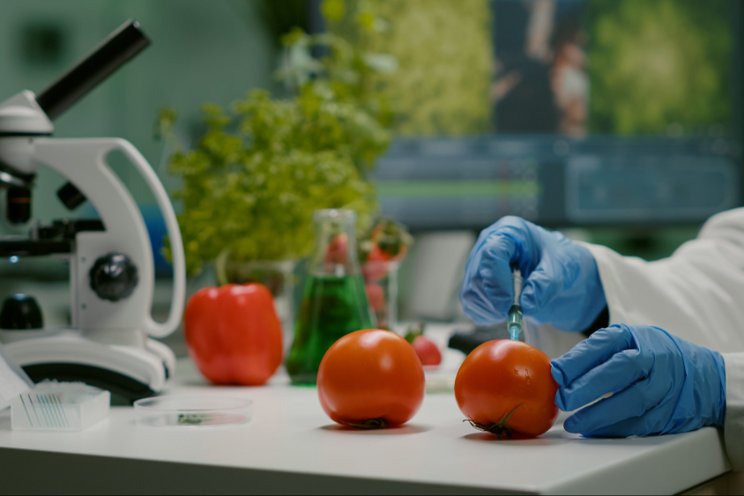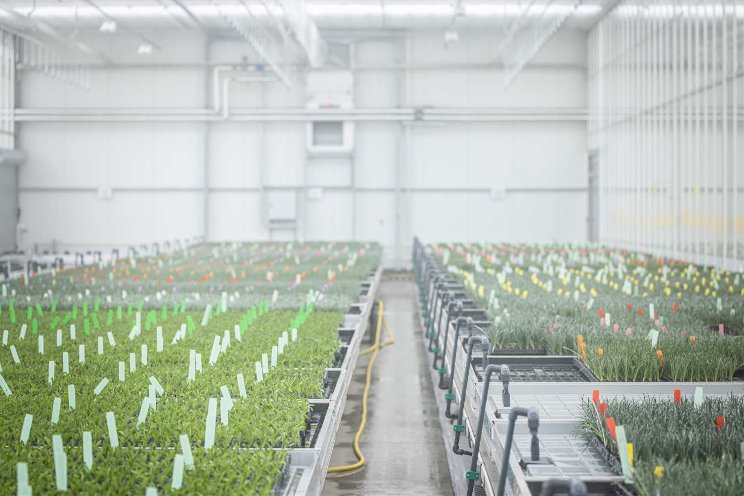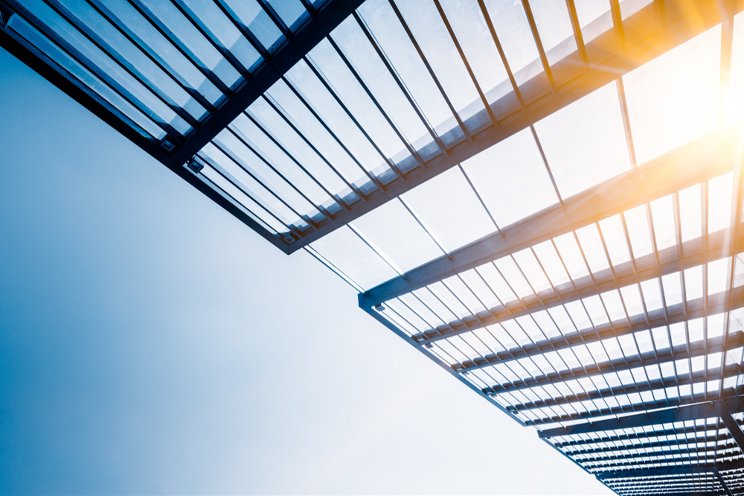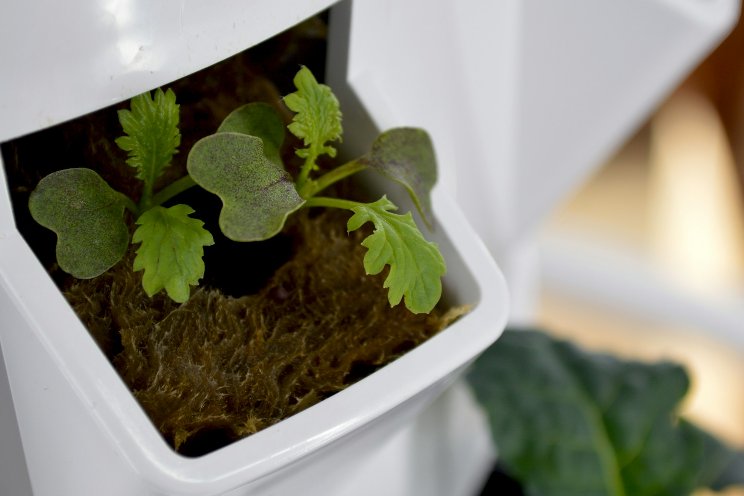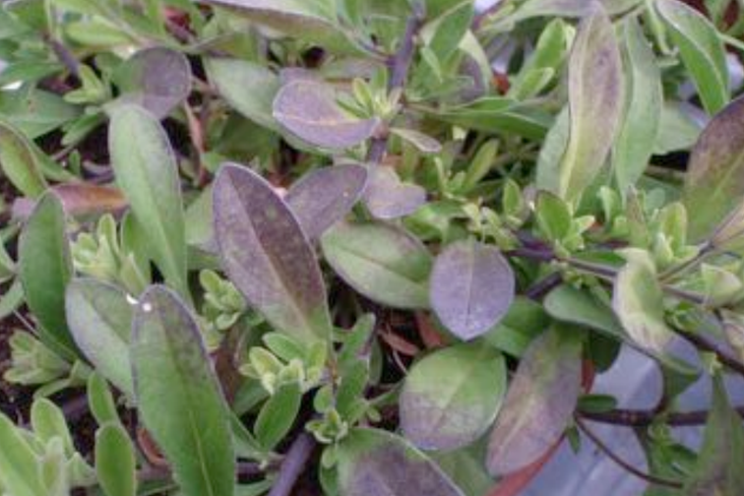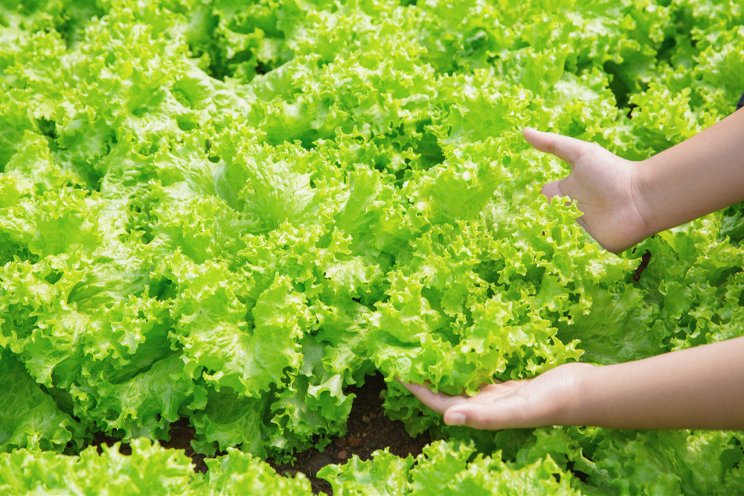U-Grand grows beautiful chrysanthemums under Philips LED
Added on 15 December 2022
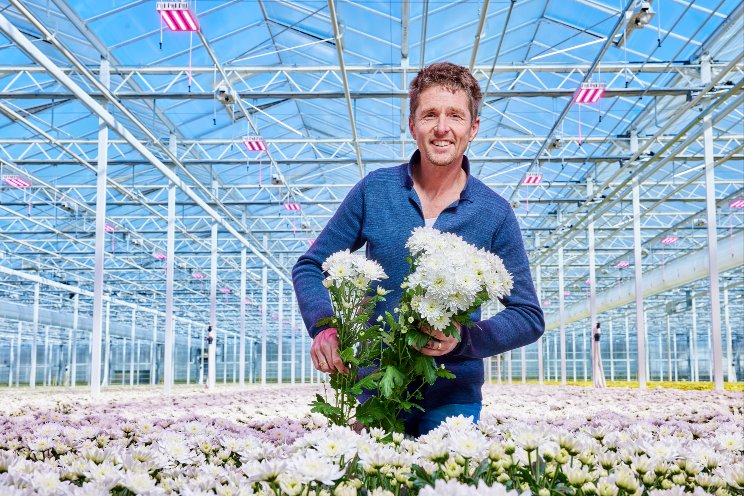
In 2021, U-Grand, the joint venture of the chrysanthemum nurseries Van Uffelen and MG Grand, built a 10-hectare sustainable greenhouse with a hybrid light installation of Philips GreenPower LED toplighting force (TLF) grow lights and HPS. However, soaring energy prices forced the business to modify its cultivation plan, limiting the use of HPS lights and demonstrating that high-quality chrysanthemums can be grown using only the energy-efficient LED grow lights.
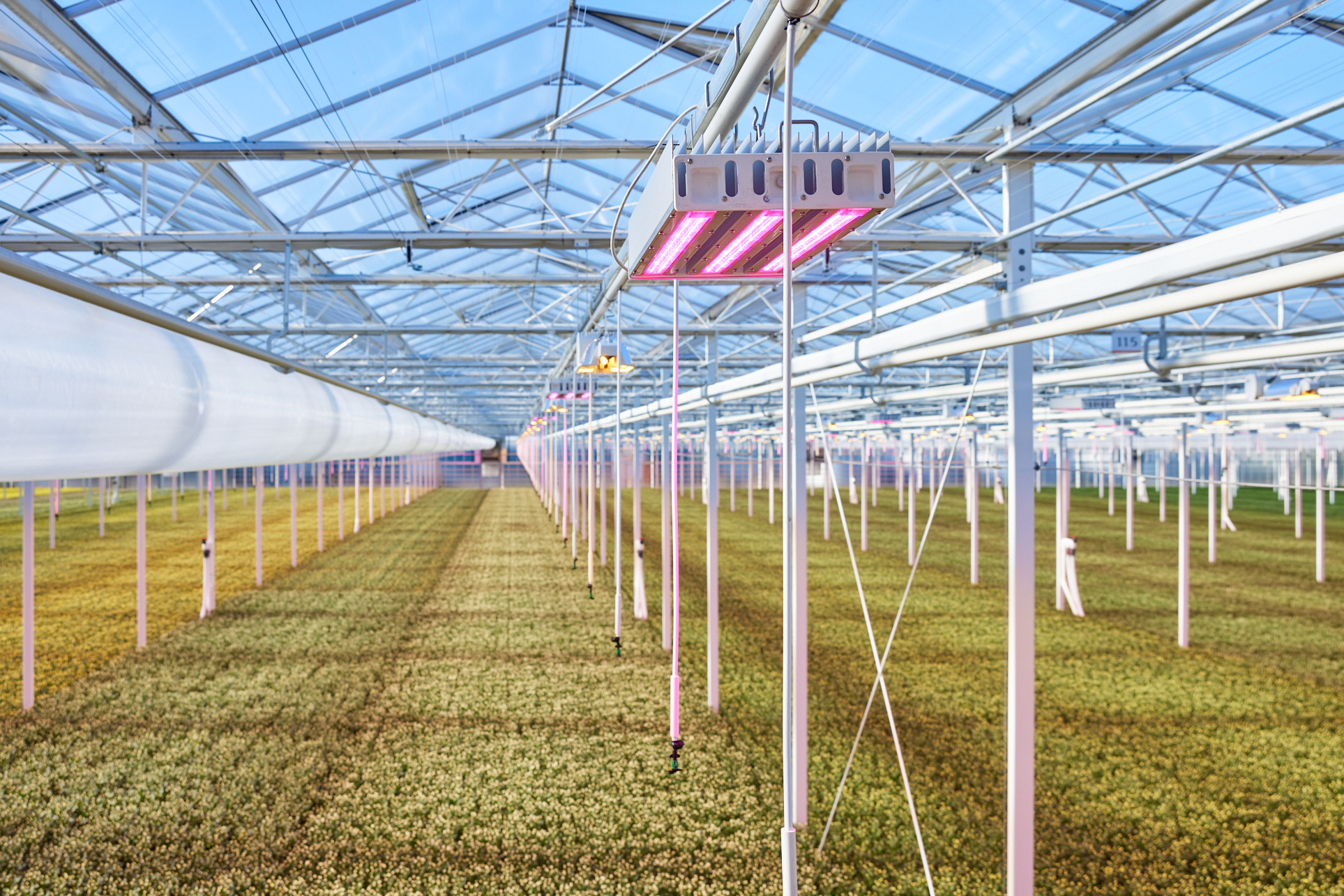
U-Grand’s new building in De Lier marked the start of the joint venture, affiliated with the growers association Zentoo. Research results and practical experience with LED from colleagues gave the growers the confidence to make the switch to LED.
“Signify has done lots of pioneering work in chrysanthemum cultivation under grow lights and had just released a new generation of LED fixtures,” explained owner Michel Grootscholten. “These TLF lights have a high output, are very efficient and fit seamlessly into hybrid systems with 1,040-watt HPS lamps. They are installed in a checkerboard setup. Even when only the LED lights are on, the light level is nice and homogeneous. That’s also a requirement in this crop.”
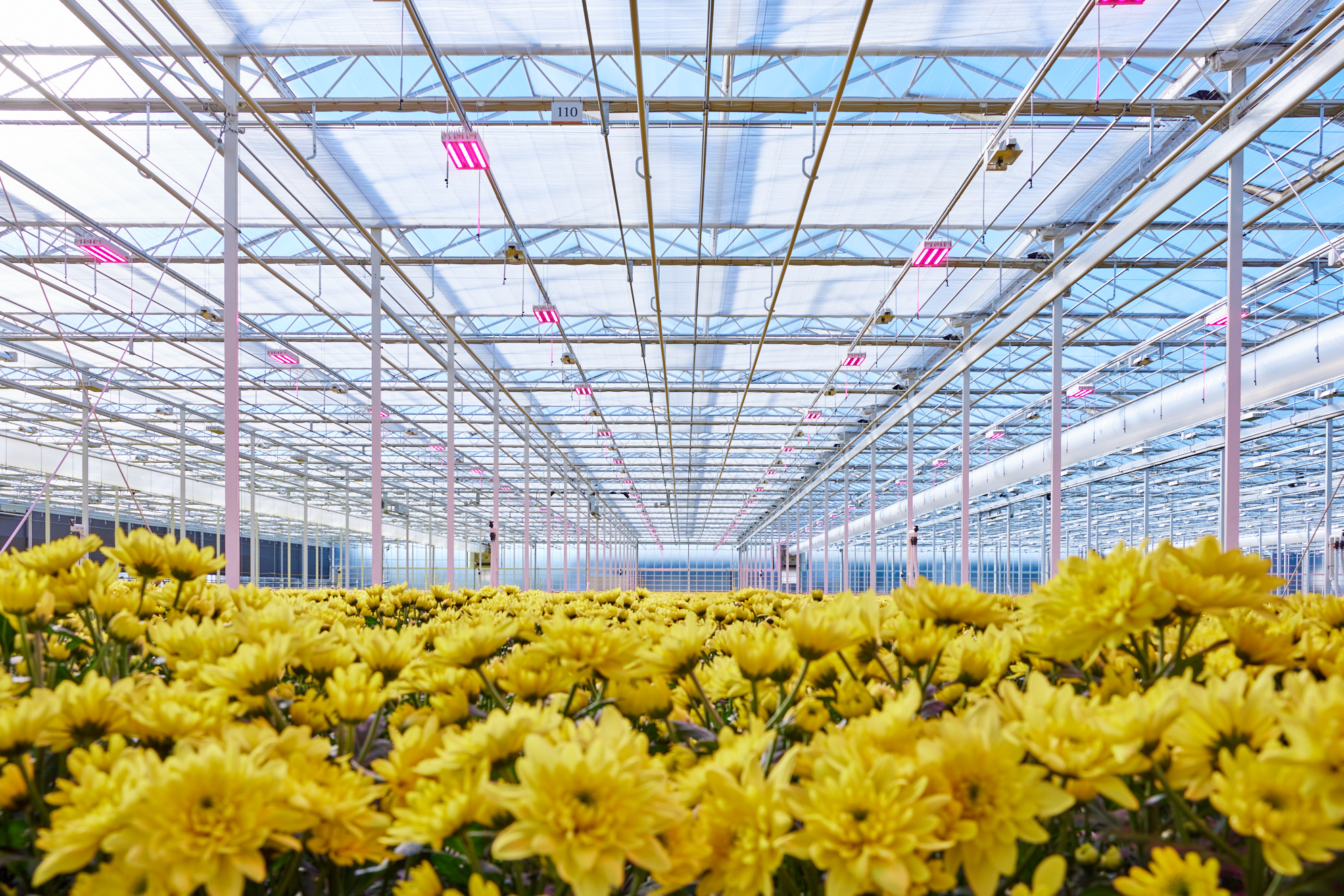
High light output and efficiency
In consultation with Signify's plant specialists, the entrepreneurs opted for the GreenPower LED TLF with a standard, instead of wide, light beam. The maximum output is 3,600 μmol/s and the efficiency is 3.5 μmol/J. The LEDs deliver 128 μmol/m2/s, the HPS lights 70.
Grootscholten added: “The LED lights give almost twice as much PAR light with the same power consumption. This allows you to achieve a higher light level and have a slightly higher plant density, without compromising on quality. That was our starting point.”
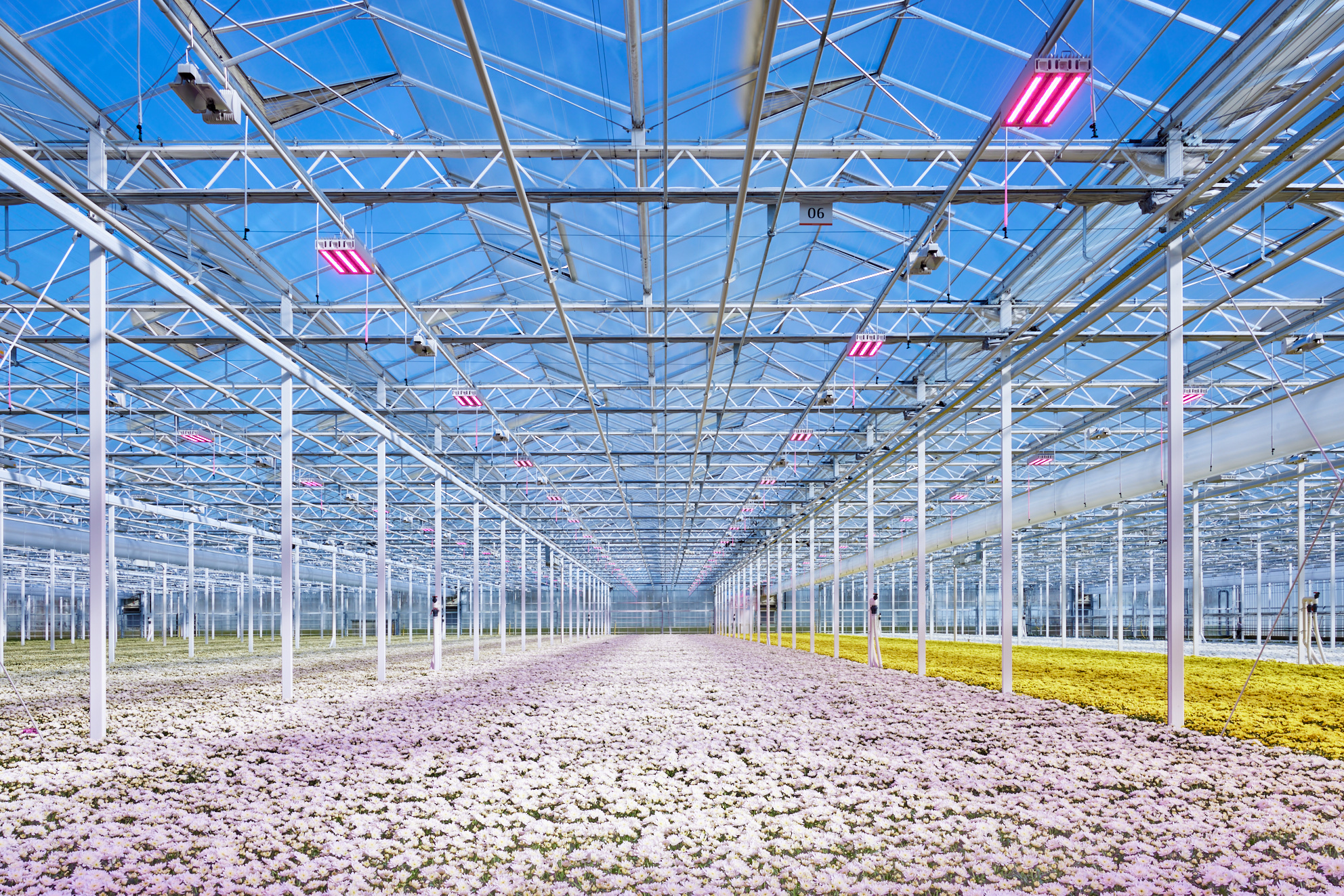
Modified cultivation strategy
The first plants went into the ground in mid-November, to be harvested at the end of January. This was the only crop on which both types of lights were used together Grootscholten points to steeply rising energy prices as the reason.
“The cultivation results were perfect, but it’s just too expensive to use HPS lights,” he explains. “So we had to adjust the cultivation strategy. In the lighting season, which in our case runs from mid-September to the end of March, we maintain a slightly lower plant density. This allows us to continue growing high quality products with the available daylight and LED lights. The LEDs basically run at full capacity, except during the most expensive hours, when the installation runs at half capacity. The HPS lights are only on in the rows where harvesting and planting is taking place. It’s nicer to work in their white light. The rest of the time it looks pink in the greenhouse.”
By turning off the HPS lights, and maintaining a lower plant density, the nursery misses out on 10 to 15% of production compared to what was expected. “The 10 to 15% reduction is a shame,” he says, “but we have now learned that you can also grow good chrysanthemums under full LED.”
Due to the absence of the radiant heat of the HPS lights, the greenhouse climate needs a bit more attention. However, the nursery has air conditioning units that contribute to a homogeneous greenhouse climate and efficient moisture control, and the blackout and energy screens limit heat loss.
Immediate follow-up
Following his positive experience, Grootscholten took the next step, replacing half of the HPS lights with LED grow lights at both of MG Grand’s cultivation locations. He opted again for Signify and Philips equipment, which has proven reliable, and is supplied by Stolze.
“The greenhouses differ, which is why we also chose different types of lights,” he explains. “One location has the same fixtures; the other location has the 780-Watt Philips GreenPower LED toplighting compact. We are now using the same lighting strategy at all the locations, for as long as necessary. I hope the energy market will calm down soon, of course, so we can take full advantage of the benefits of hybrid lighting. In a few years I think we’ll be ready for the next step: full LED for sure and perhaps dimmable.”
More news

